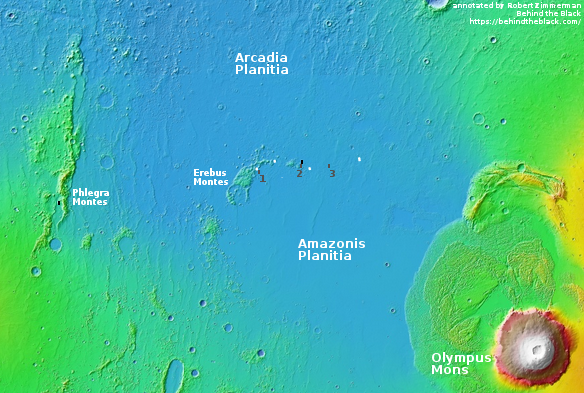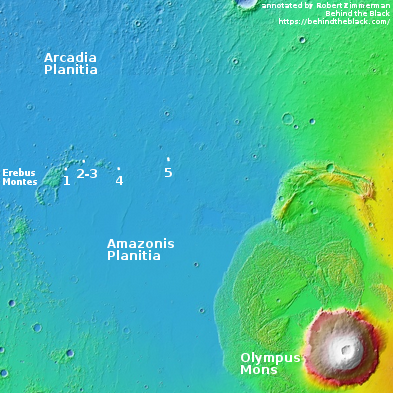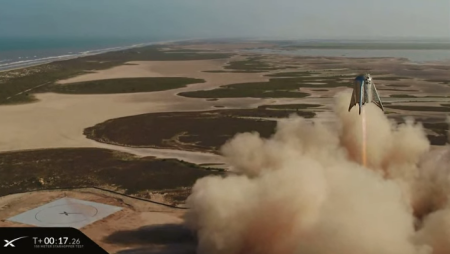LauncherOne shipped to Mohave for launch prep
Capitalism in space: Virgin Orbit has shipped its first LauncherOne rocket to Mohave for final tests prior to its first launch, planned for sometime this year.
Virgin Orbit didn’t give a schedule for completing those tests and performing that orbital flight. Dan Hart, president and chief executive of Virgin Orbit, said at the World Satellite Business Week conference in Paris Sept. 11 that he expected those final tests be completed in a matter of weeks. “It will take a handful of weeks to get through a number of wet dress rehearsals, crew training, and verification of the system,” he said. “We’ll do one flight test with that rocket and then we’ll get to orbit.” He estimated the company would be ready for launch “in the middle of this fall.”
If that first orbital test flight is successful, they hope to do their first operational commercial launch before the end of the year.
My 2016 prediction that a LauncherOne will complete its first commercial launch before SpaceShipOne, continues to look likely, even though SpaceShipOne began development more than a decade before LauncherOne..
Capitalism in space: Virgin Orbit has shipped its first LauncherOne rocket to Mohave for final tests prior to its first launch, planned for sometime this year.
Virgin Orbit didn’t give a schedule for completing those tests and performing that orbital flight. Dan Hart, president and chief executive of Virgin Orbit, said at the World Satellite Business Week conference in Paris Sept. 11 that he expected those final tests be completed in a matter of weeks. “It will take a handful of weeks to get through a number of wet dress rehearsals, crew training, and verification of the system,” he said. “We’ll do one flight test with that rocket and then we’ll get to orbit.” He estimated the company would be ready for launch “in the middle of this fall.”
If that first orbital test flight is successful, they hope to do their first operational commercial launch before the end of the year.
My 2016 prediction that a LauncherOne will complete its first commercial launch before SpaceShipOne, continues to look likely, even though SpaceShipOne began development more than a decade before LauncherOne..










